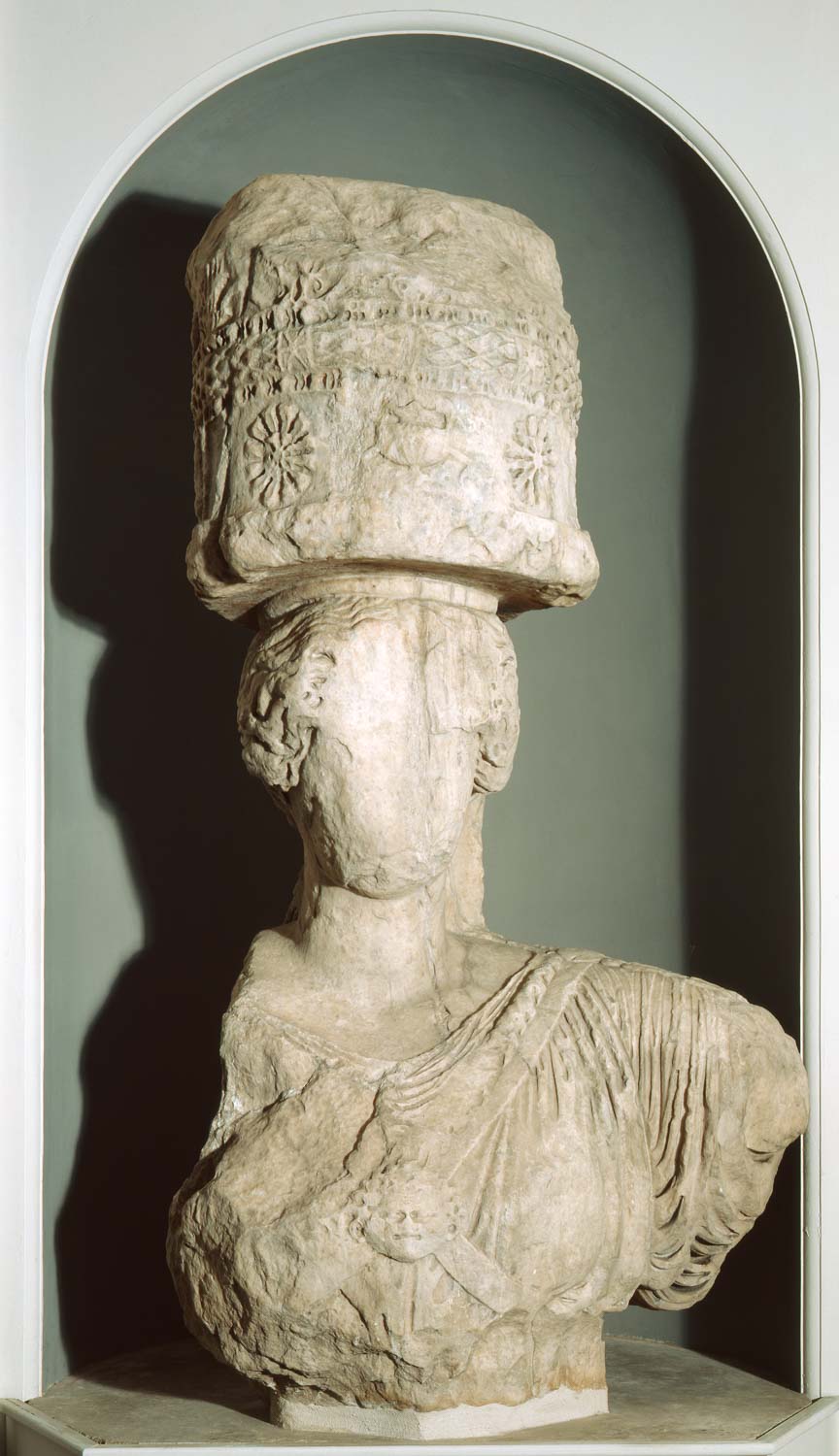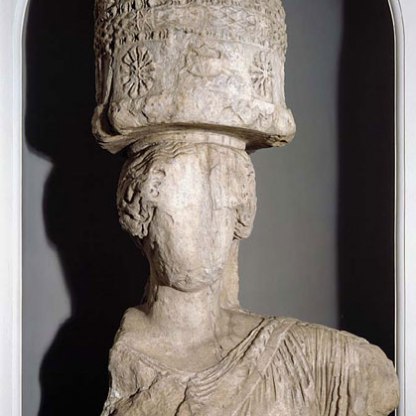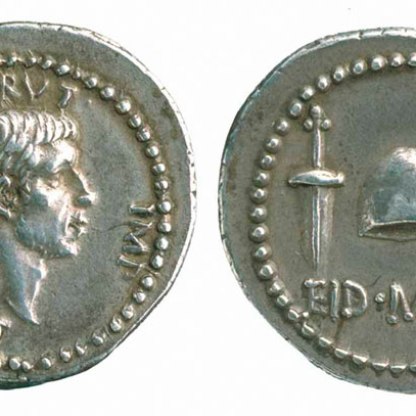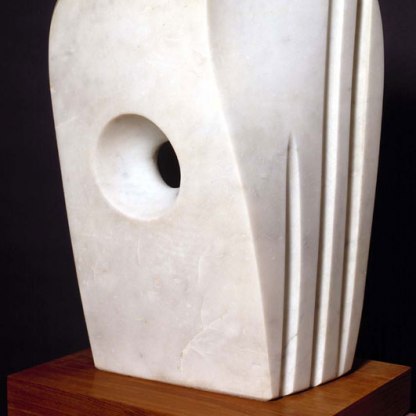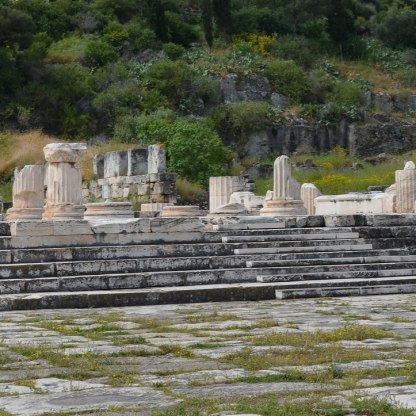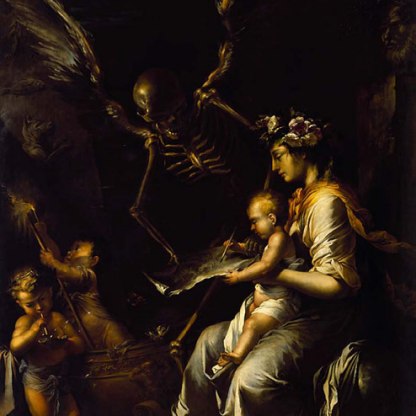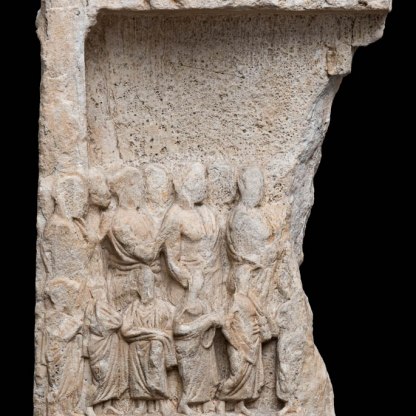Caryatids
The derivation of the word caryatid, meaning a female figure that acts as a support in classical architecture, is unclear. The Roman writer and architect Vitruvius claimed, in the first century BCE, that the figures were named after the women of the Greek city of Carya, the inhabitants of which sided with Persia when it invaded Greece in 480 BCE.
In retribution, the victorious Greeks destroyed Carya, executed the male inhabitants and led the womenfolk in procession as slaves, still dressed in their jewellery and fine clothes. The first architectural caryatids however appear before the Persian invasion, so Vitruvius’ account, dramatic as it is, cannot be true.
It is more likely that the word is derived from the cult of Artemis Caryatis – ‘Artemis of the walnut tree’ – and that the earliest caryatids represented the young girls who danced for this goddess at her annual festival in Sparta.
The most famous caryatids are those that support the porch of the Erechtheion – the temple of Erechtheus, a legendary king of Athens – which stands on the Acropolis. One of these was taken by Lord Elgin and deposited in the British Museum in 1816.
The Erechtheion caryatids doubtless inspired those at Eleusis, and they were also influential upon later English design. The caryatid became a popular motif in eighteenth- and nineteenth-century architecture. Two examples stand at the top of the staircase in the entrance hall of the Fitzwilliam, left, flanking the doors to Gallery 3, as their ancestors had once flanked the entrance to the inner sanctuary at Eleusis. These are signed by the sculptor, William Wyon.
Other highlight objects you might like
Other pathways and stories you might like
Sign up to our emails
Be the first to hear about our news, exhibitions, events and more…
